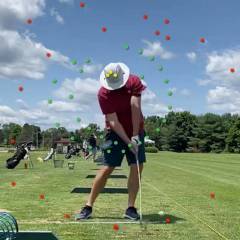-
Topics Being Discussed Right Now on The Sand Trap
-
- 113 replies
- 14,048 views
-
"5 Minutes Daily" Practice Challenge 1 2 3 4 910
By iacas, in Instruction and Playing Tips
- 5 minutes daily
- dedication
- (and 6 more)
- 16,376 replies
- 1,133,275 views
-
- 19 replies
- 681 views
-
- 8,483 replies
- 384,989 views
-
- 1 reply
- 164 views
-







Recommended Posts